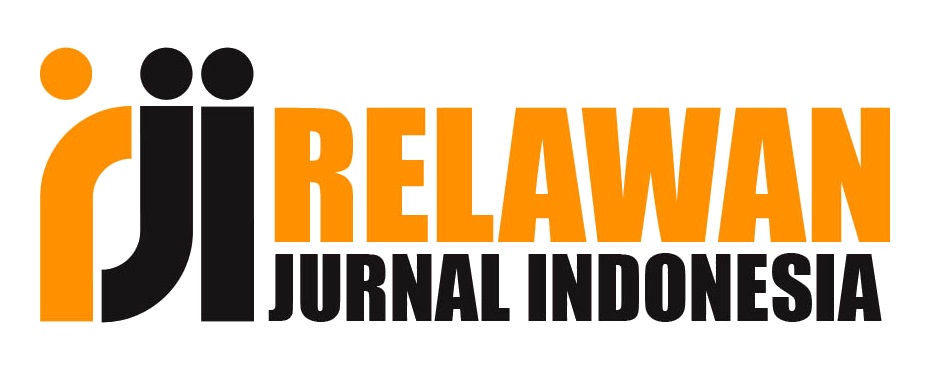STABILITAS TANAH LEMPUNG MENGGUNAKAN KAPUR DAN FLY ASH DENGAN PENGUJIAN CBR
DOI:
https://doi.org/10.52333/lateral.v1i2.411Keywords:
Clay soil, Soil stability, Fly Ash, Lime, CBRAbstract
Clay soil is formed from the chemical weathering of rock components, resulting in microscopic and submicroscopic particles. Clay soil has low shear strength and high compressibility. Therefore, efforts to improve it are necessary to overcome instability and settlement issues. This paper discusses the influence of CBR values when clay soil is mixed with fly ash and lime. Four proposed compositions are considered using 10% fly ash and 10, 15, 20, and 25% lime contents. The research results show that the proposed compositions have higher CBR values compared to the original CBR of the clay soil. For example, a composition with 10% fly ash and 10% lime has a CBR value of 13.65%, while a composition with 10% fly ash and 25% lime has a CBR value of 8.61%. Nevertheless, both compositions still yield higher CBR values than the original CBR value of the clay soil which was determined as being equal to 7.79%.
References
Firda, A., Permatasari, R., & Fuad, I. S. (2021). Pemanfaatan Limbah Batubara (Fly Ash) Sebagai Material Pengganti Agregat Kasar Pada Pembuatan Beton Ringan. Jurnal Deformasi, 6(1), 1-8.
Firda, A., & Yulianti, D. (2023, July). Soil stabilization with fly ash and epoxy resin to the subgrade construction on Irrigasi street, in Palembang. In AIP Conference Proceedings (Vol. 2689, No. 1). AIP Publishing.
Jimmyanto, H. (2014). Pengaruh Sampah Plastik dan Abu Sekam Padi Terhadap Kuat Geser Tanah Lempung Lunak.
Masykur, M., & Kurniawan, S. (2017). Analisa Pengujian Dynamic Cone Penetrometer (DCP) Untuk Daya Dukung Tanah Pada Perkerasan Jalan Overlay (Studi Kasus: Ruas Jalan Metro–Tanjungkari STA 7+ 000 s/d STA 8+ 000). TAPAK (Teknologi Aplikasi Konstruksi): Jurnal Program Studi Teknik Sipil, 7(1), 52-63.
Landangkasiang, F. N., Sompie, O. B., & Sumampouw, J. E. (2020). Analisis Geoteknik Tanah Lempung Terhadap Penambahan Limbah Gypsum. Jurnal Sipil Statik, 8(2).
Oktaviana, S. F., Sarie, F., & Hendri, O. (2021). Stabilisasi Tanah Lempung Menggunakan Campuran Abu Ampas Tebu, Semen Portland, Dan Abu Terbang Terhadap Kuat Geser Dan Daya Dukung Tanah. Jurnal Kacapuri: Jurnal Keilmuan Teknik Sipil, 4(1), 67-77.
Aryanto, M., Suhendra, S., & Amalia, K. R. (2021). Stabilisasi Tanah Lempung Ekspansif Menggunakan Kapur Tohor. Jurnal Talenta Sipil, 4(1), 38-43.
Rahmawati, R., & Andriani, S. (2021). Stabilisasi Tanah Lempung dengan Campuran Fly Ash (FA) dan Expanded Polystyrene (EPS) sebagai Alternatif Timbunan Ringan pada Lapisan Subgrade. Potensi: Jurnal Sipil Politeknik, 23(1), 41-50.
Sabardiansyah, R., Gusrizal, G., & Ar, S. (2022). STABILISASI TANAH LEMPUNG EKSPANSIF MENGGUNAKAN FLY ASH DAN ABU BATA TERHADAP NILAI CALIFORNIA BEARING RATIO. Jurnal Sipil Sains Terapan, 5(01).
Nurmaidah, N. (2022). PENAMBAHAN KAPUR PADA TANAH LEMPUNG UNTUK PERKERASAN JALAN RAYA. JOURNAL OF CIVIL ENGINEERING BUILDING AND TRANSPORTATION, 6(2), 148-158.
Hangge, E. E., Galla, H. D., & Cornelis, R. (2022, September). Perilaku Tegangan Regangan Lempung Ekspansif yang Distabilisasi Menggunakan Kapur, Fly Ash dan Bottom Ash. In JURNAL FORUM TEKNIK SIPIL (J-ForTekS) (Vol. 2, No. 2, pp. 1-10).
Mak'sudah, A. N., Saputro, Y. A., & Rochmanto, D. (2023). STABILISASI CAMPURAN FLY ASH, BOTTOM ASH, DAN SEMEN TERHADAP PENGARUH NILAI KUAT TEKAN BEBAS (UNCONFINED COMPRESSION TEST). Jurnal Konstruksi dan Infrastruktur, 11(1).











